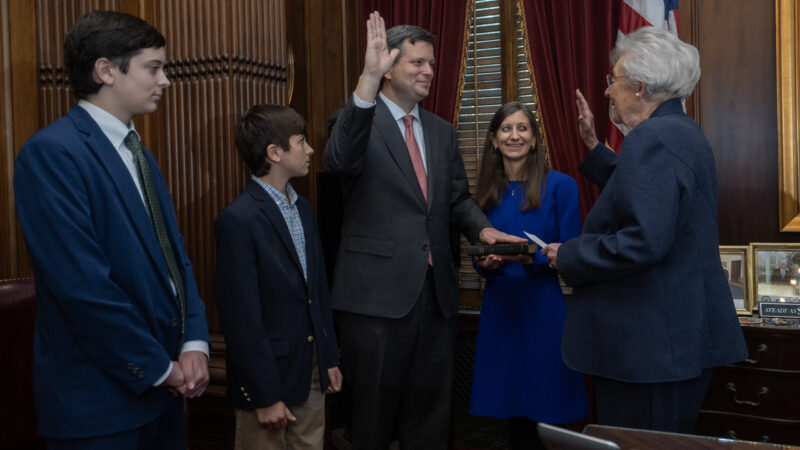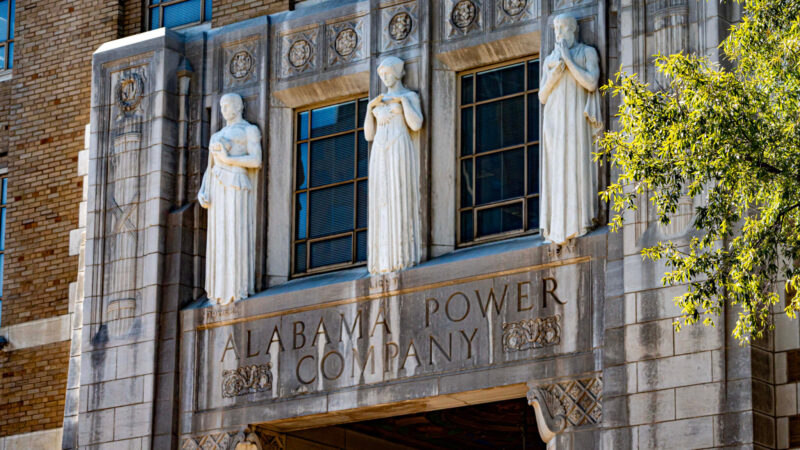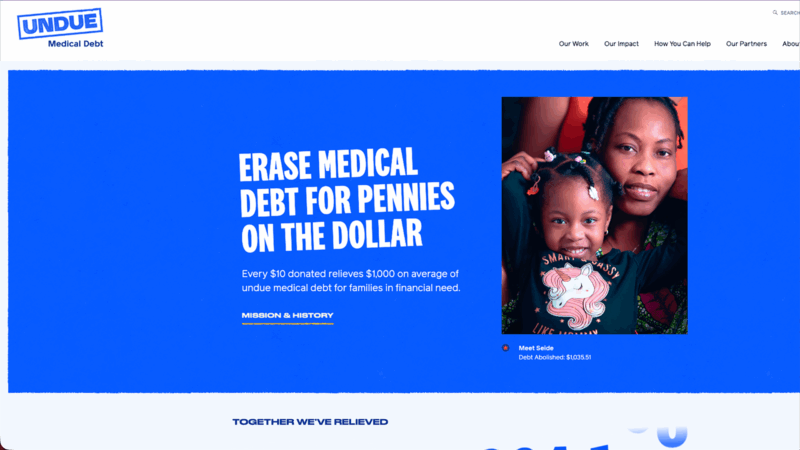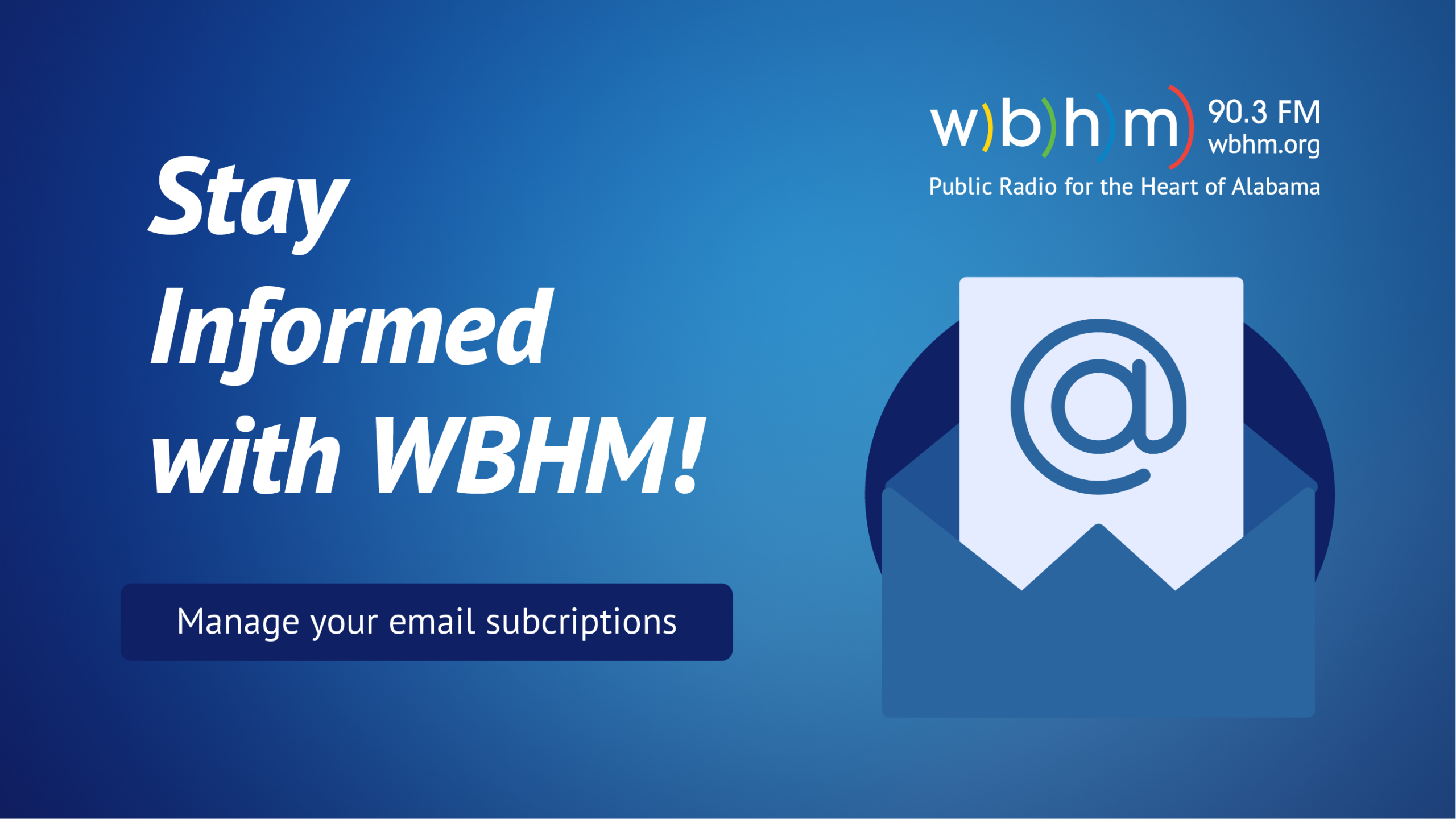New Map Shows Summer Feeding Sites
 Birmingham– Alabama is a poor state, and many of its children go hungry, especially when school is out and roughly 360,000 lose regular access to free or reduced-price school meals. But there are programs meant to fight that food insecurity and the health, cognitive, and academic problems it causes. The Alabama Poverty Project’s “Alabama Possible” campaign has put together a map (click the word “map” and zoom in) and a database of more than 600 summer feeding sites around the state.
Birmingham– Alabama is a poor state, and many of its children go hungry, especially when school is out and roughly 360,000 lose regular access to free or reduced-price school meals. But there are programs meant to fight that food insecurity and the health, cognitive, and academic problems it causes. The Alabama Poverty Project’s “Alabama Possible” campaign has put together a map (click the word “map” and zoom in) and a database of more than 600 summer feeding sites around the state.
“While kids look forward to the freedom that comes with summer, many worry about where they are going to eat,” says Kristina Scott, APP executive director. “We created a map of summer feeding sites to make it easier for children and their families to find places to eat. Summer feeding sites are one of our most underutilized resources to fight summer childhood hunger.”
All children under 18 are eligible to eat for free at summer feeding sites. As you can see on the map or the list, most sites serve lunch, but some serve breakfast and dinner, too, and meal times vary by location.
According to its website, the Alabama Poverty Project is “a statewide nonprofit organization that works to reduce systemic poverty and its root causes by inspiring Alabamians to pursue a state in which no individual’s quality of life is diminished by poverty.”
Ivey appoints Will Parker to Alabama Supreme Court
Parker fills the court seat vacated by Bill Lewis who was tapped by President Donald Trump for a federal judgeship. The U.S. Senate last month confirmed Lewis as a U.S. district judge.
How Alabama Power kept bills up and opposition out to become one of the most powerful utilities in the country
In one of the poorest states in America, the local utility earns massive profits producing dirty energy with almost no pushback from state regulators.
No more Elmo? APT could cut ties with PBS
The board that oversees Alabama Public Television is considering disaffiliating from PBS, ending a 55-year relationship.
Nonprofit erases millions in medical debt across Gulf South, says it’s ‘Band-Aid’ for real issue
Undue Medical Debt has paid off more than $299 million in medical debts in Alabama. Now, the nonprofit warns that the issue could soon get worse.
Roy Wood Jr. on his father, his son and his new book
Actor, comedian and writer Roy Wood Jr. is out with a new book -- "The Man of Many Fathers: Life Lessons Disguised as a Memoir." He writes about his experience growing up in Birmingham, losing his dad as a teenager and all the lessons he learned from various father figures throughout his career.
Auburn fires coach Hugh Freeze following 12th loss in his last 15 SEC games
The 56-year-old Freeze failed to fix Auburn’s offensive issues in three years on the Plains, scoring 24 or fewer points in 17 of his 22 league games. He also ended up on the wrong end of too many close matchups, including twice this season thanks partly to questionable calls.








